Consider this your ultimate bean guide.

A bean is the seed of one of several species of the flowering plant family Fabaceae, which are used as vegetables for human or animal food. They can be cooked in many different ways, including boiling, frying, and baking, and are used in many traditional dishes throughout the world
It is an excellent source of protein, satiates and nourishes – beans are a product that you must include in your diet. Although the individual varieties of beans (and there are almost 400 of them!) Differ from each other, they are all valuable food products.
No matter where you are in the world, beans are a staple for any home cook. Not only does their mild flavor complement an assortment of seasoning and spices, but beans are full of health benefits as well.
What Are Beans, exactly?

Beans are classified as a legume, along with peas, peanuts, and lentils. They are the seeds of flowering plants in the Fabacea family.
Legume is an all-encompassing term for plants with pods that have edible seeds in them. So, legumes can refer to any number of plants. In fact, there are more than 19,000 species of legumes!
Though there are many species, most of them fit into certain common categories. This includes soybeans, pulses, fresh peas, beans, and peanuts. Chances are, you will have eaten at least some of the more common ones.
Beans Vs Legumes – What’s The Difference?

Often I will hear people asking, “are beans legumes?”.
Beans are legumes, but not all legumes are beans. For example, peas, lentils, and peanuts are not beans but are legumes.
Benefits
They are rich in fiber and B vitamins, helping to reduce cholesterol and blood sugar levels. They also serve as a source of protein, making a great substitute for meat. Not to mention- they are cheap!
Currently, the world gene banks hold about 40,000 bean varieties, although only a fraction are mass-produced for regular consumption.
All this is to say-adding beans to your diet is a good choice. Beans come in both canned and dry forms. Canned beans are great time-savers since the beans come fully cooked and just require some reheating. However, beans can lose flavor in the canning process, so some prefer to buy them dry and give them a good soak overnight. But with so many different types of beans, where do you begin? Needless to say, I got you covered.
***Types of Beans***
Black Beans
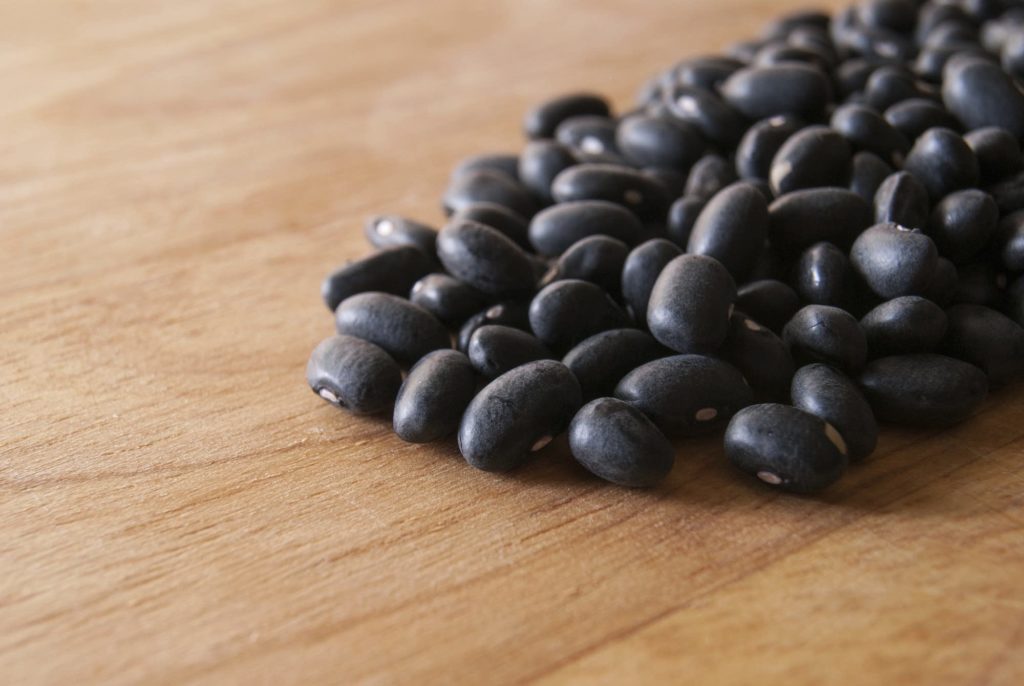
Black beans are a staple in many Mexican and Brazilian dishes. They have a soft-smooth texture and mild flavor. They also have a lower glycemic index than many other high-carb foods, helping to reduce the spike in blood sugar that occurs after eating a meal. Add them to salads, soups, casseroles, or tacos for added protein. They also make a healthy substitute for meat.
Per ½-cup serving: 114 calories, 0g fat, 20g carbs, 8g protein, 7g fiber
Black-Eyed Peas
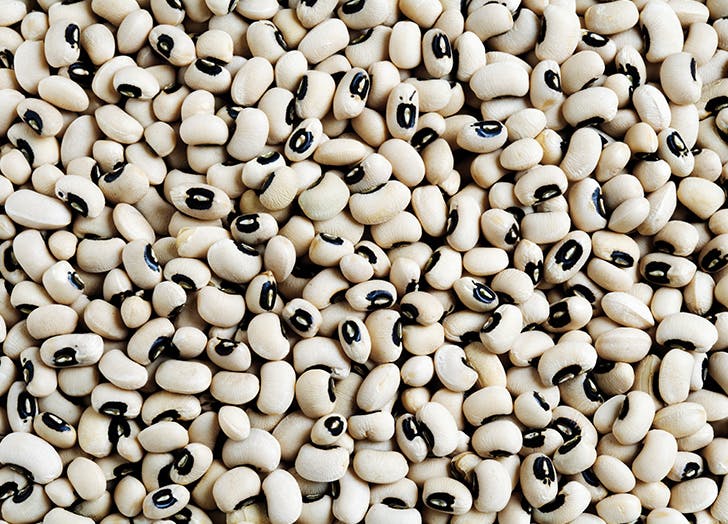
This Southern staple has a beige tone with an eye-catching black spot, therefore the name “black-eyed peas”. Southerners swear by eating black-eyed peas on New Year’s Day for good luck in the coming year. They are an excellent source of folate, which is an important nutrient for pregnant women. Simmer them in chicken broth (and toss a ham bone in there if you have one) for tender and plump beans. Add your favorite seasoning and even some greens for the perfect side dish!
Per ½-cup serving: 65 calories, 0g fat, 14g carbs, 2g protein, 4g fiber
Cannellini Beans
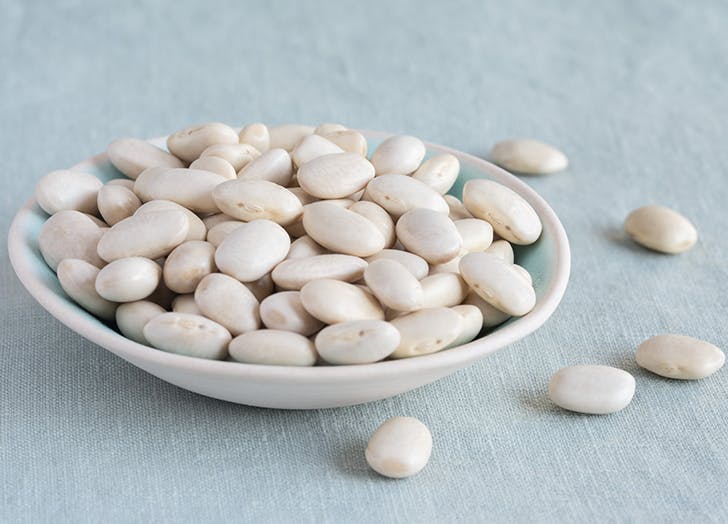
They are known more wildly as white Italian kidney beans. These are one of the few most common types of beans. They come in cream-colored option. They are a popular addition to soups, salads, and many Italian dishes. They hold their shape well and can be cooked lightly or mashed to make delicious fritters.
Per ½-cup serving: 125 calories, 0g fat, 22g carbs, 9g protein, 6g fiber
Chickpeas (Garbanzo Beans)

This example of the bean family come in two varieties: the larger Kabuli is common throughout the Mediterranean, and the smaller desi is mostly grown in India. You know them , because they are used to make hummus. Except that heir nutty flavor makes them perfect for all kinds of salads and for snacking too. Not only are they one of the most versatile beans, but they are packed with fiber and protein.
Per ½-cup serving: 135 calories, 2g fat, 22g carbs, 7g protein, 6g fiber
Lima Beans/Butterbean
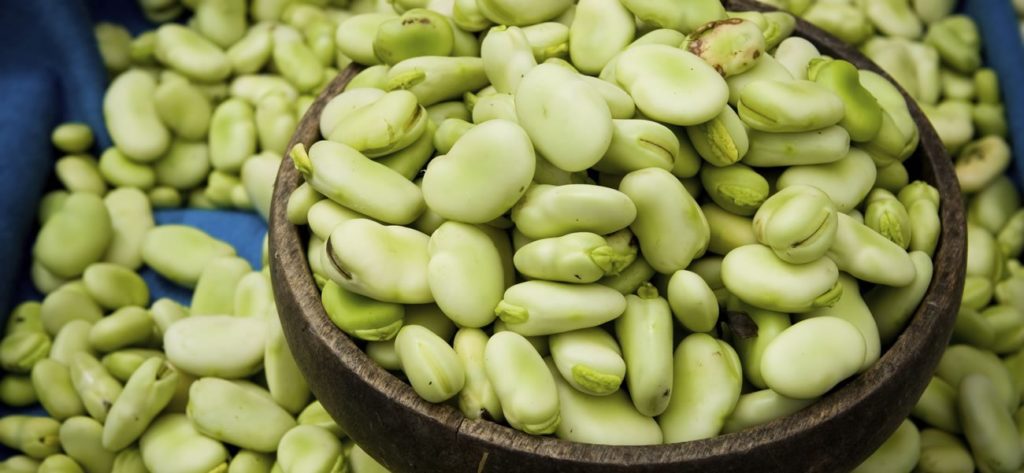
These amazing beans came from South America. They are nutty and sweet with a smooth, creamy texture (as long as they are not overcooked, which can turn them bitter.) There are two types: the larger, butter (also called Fordhook) beans, and the sweeter baby lima beans. Lima beans are a must for Southern-style butter beans, named for the creamy, decadent texture the beans get as they cook, as well as succotash. They are also great for stews, soups and even bean dip. They are packed with nutrients and have more potassium than kidney beans.
Per ½-cup serving: 88 calories, 1g fat, 16g carbs, 5g protein, 4g fiber.
Great Northern Beans
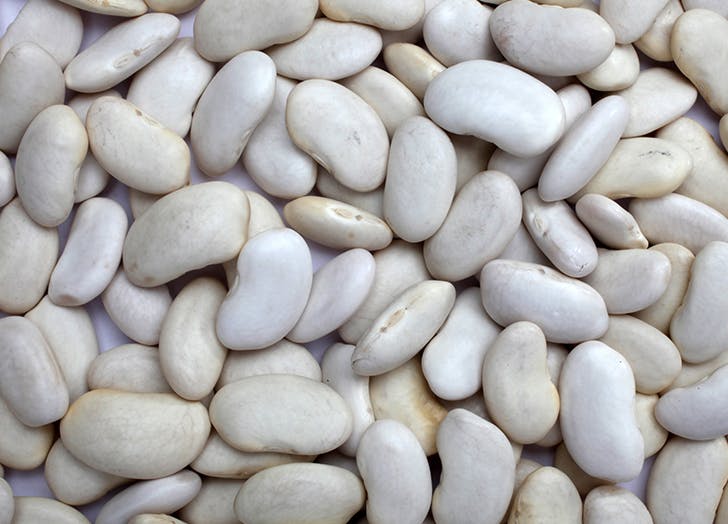
This one type of white beans is notoriously mistaken for cannellini or navy beans. Greater Northern beans are less dense and have more of a nutty flavor than their bean buddies. They are ideal for use in soups, stews, or purees because of their light texture and ability to absorb seasonings easily. Not to mention they are packed full of calcium!
Per ½-cup serving: 149 calories, 1g fat, 28g carbs, 10g protein, 6g fiber
Kidney Beans

Everyone can recognize those ones. These beans are known for their vibrant red skin and white interior. They have a mild flavor and make the perfect addition to any chili recipe. They are also packed with protein, heart-healthy omega-3 fatty acids, and iron. There really are endless options when it comes to cooking kidney beans.
** Fun fact: Kidney beans have about the same amount of cancer-fighting antioxidants as blueberries.
Per ½-cup serving: 307 calories, 1g fat, 55g carbs, 22g protein, 23g fiber
Pinto Beans
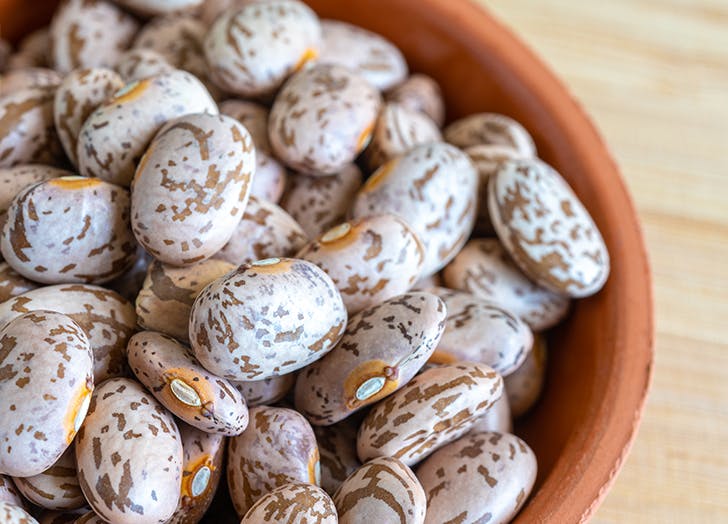
Pinto actually means “painted” in Spanish. Those beans have an orange-pink color with rust-colored specks. They are packed with fiber and protein too. Their earthy flavor and smooth texture makes them great for dips and stews, or of course, refried beans.
Per ½-cup serving: 335 calories, 1g fat, 60g carbs, 21g protein, 15g fiber
Fava Beans
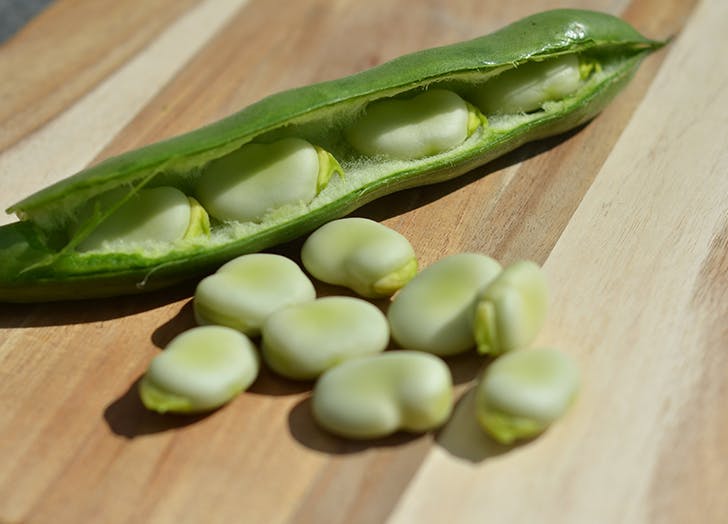
Fava beans will be available under secondary name of Broad beans. They are not the easiest one to work with. They require you to remove them from their pods and then blanch them in order to get the skins off. But do not let that prevent you from enjoying them. They have a sweet, nutty flavor and a buttery texture. They are so perfect for topping salads, mashing for dips and spreads, or charred alongside asparagus.
Per ½-cup serving: 55 calories, 0g fat, 11g carbs, 5g protein, 5g fiber
Fayot (Flageolet) beans
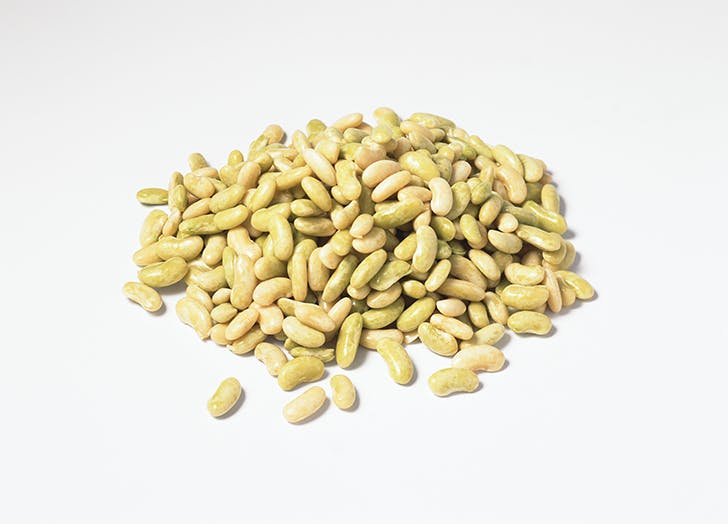
Fayot also known and flageolet beans. Those examples are small, tender, creamy, and mild in flavor. They have a soft green to ivory white color. They are frequently used in French cuisine for salads, soups, and other flavorful side dishes
Per ½-cup serving: 184 calories, 4g fat, 28g carbs, 10g protein, 11g fiber
Navy Beans

This bean goes by many names: haricot, pearl haricot beans, white pea bean, and Boston bean. They have a mild flavor and creamy texture. They are pretty similar to Great Northern Beans as they do a great job of absorbing the flavors around them. They are also high in fiber and may help reduce symptoms of metabolic syndrome due to their high fiber content. They are commonly used to make baked beans, or in traditional English breakfasts.
**Fun Fact: They name of the popular beans came to be, because “navy beans”, because were extensively used near the sea in 19th century.
Per ½-cup serving: 351 calories, 2g fat, 63g carbs, 23g protein, 16g fiber
Red beans

Red beans are insignificant in size, oval in shape and have the characteristic ruby-colored skin. They have a mild flavor, bawdy, slightly sweet, and nutty, and smooth texture. Often used in Caribbean, Latin, Cajun, and Creole cuisine. The will do great in all kinds of soups, chilis, and dishes like red beans and rice.
Per ½-cup serving: 307 calories, 1g fat, 55g carbs, 22g protein, 23g fiber
Adzuki Beans
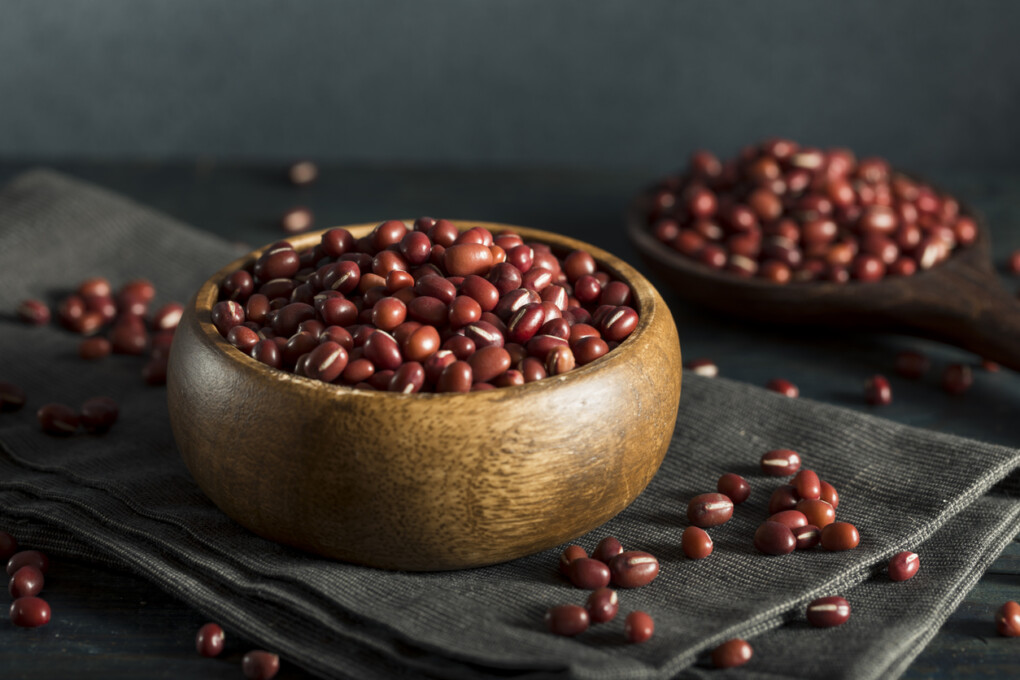
These small, round red beans are commonly present and wildly uses in Asian cuisine. Traditionally mashed into a red bean paste and used sweets like cakes, pastries, and even ice cream. Despite of the starchy inside, these beans have very sweet flavor. They, of course can also be used for more savory purposes. Like other legumes, they are protein-jam-packed and high in fiber.
Per ¼ cup (dried) — 162 kcal, 9.78 g of protein, 0.26 g fat, 31 g carbohydrates, 6.25 g fiber, 2 g sugar, 32.5 mg of calcium, 617.5 mg potassium, 2.46 mg sodium.
Lentils
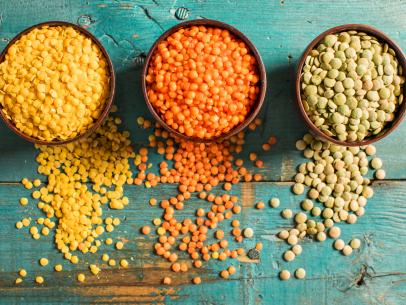
Lentils comes in few color varieties: red, green, black, and brown. They become soft and creamy when cooked, which is why they can work wonders in soups by adding the right texture. They are small, but oh so versatile and first of all so good for you .
Per ½-cup serving: 115 calories, 0g fat, 20g carbs, 9g protein, 8g fiber
Edamame
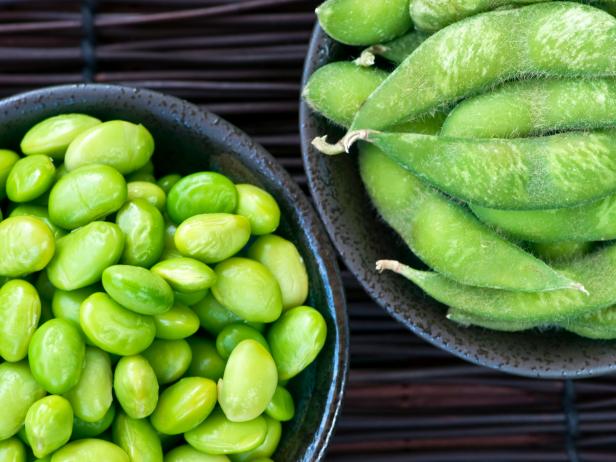
Edamame are nothing else than young soybeans. They are usually eaten while still inside the pod. Steamed with sprinkled of salt. These beans are soft and edible, unlike mature soybeans. These make a tasty appetizer, snack, or salad topping that is loaded with protein.
Per ½ cup serving: 120 calories, 9 grams fiber, 2.5 grams fat, 11 grams protein, 13 grams carbs.
Peas
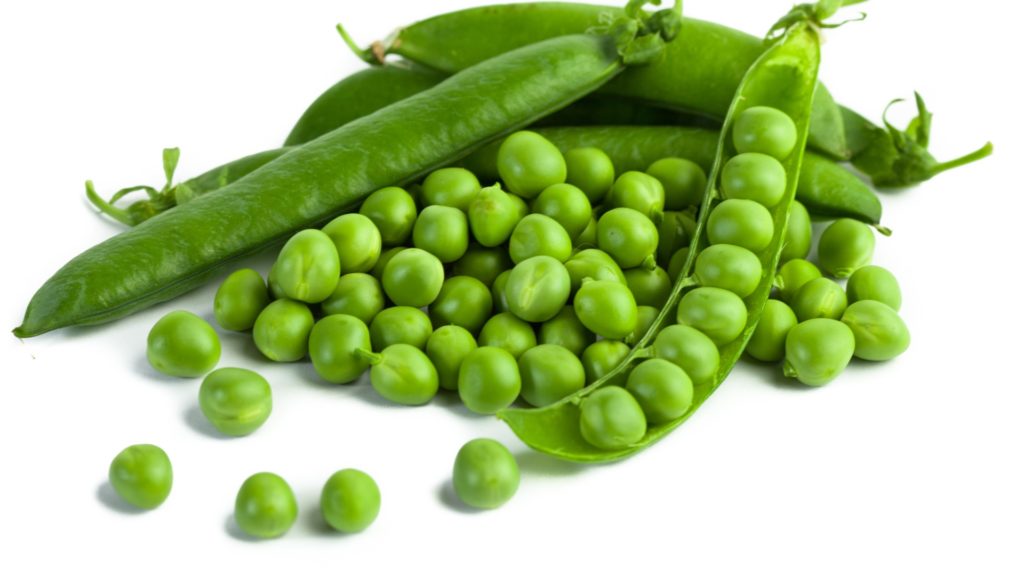
Yep, peas are a type of bean. Surprise, surprise. Those little, green balls, hidden tightly in a pod. They are a cheap and versatile veggie, that is it also good for you. It is always a good idea to bag of frozen peas on hand. Great for salads or just for snacking.
Per 1 cup serving: Calories 118, Total Fat 0.6 g, Total Carbs 21 g, Sugar 8 g, Protein 8 g.
Mung Beans
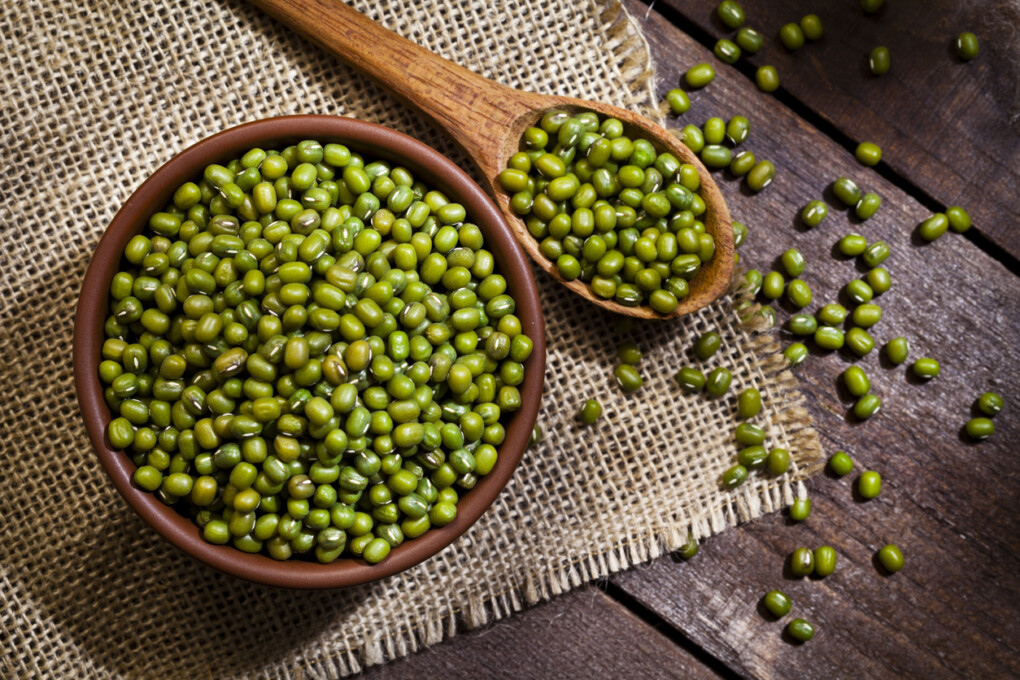
Small, round, and green with a characteristic white stripe going through them. They have a mild flavor and a pretty starchy texture. This is yet another plant-based source of protein that is high in antioxidants and fiber. These beans are one of the most consumed types in the world. They come in many forms: dried powder, whole uncooked beans, split beans, bean noodles, and sprouted seeds. They are good for use in soups, and their high fiber content makes them very filling.
Per ½-cup serving: 359 calories, 1g fat, 65g carbs, 25g protein, 17g fiber
Anasazi
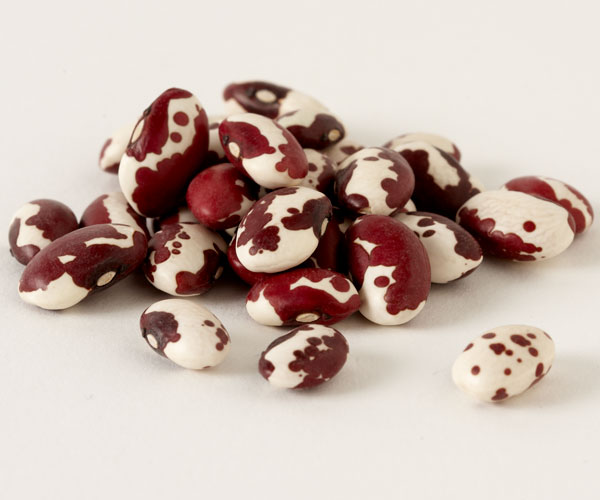
Anasazi beans thought to have been cultivated in Mexico as long as 7,000 years ago, while the larger beans were cultivated in Peru starting 8,000 years ago. . They are spotted, red, and cream-colored. They are a little smaller than pinto beans and black beans but are a similar shape.
Per ¼ cup (dried) — 150 kcal, 10 g of protein, 0.5 g fat, 27 g carbohydrates, 9.02 g fiber, 0 g sugar, 59.8 mg of calcium, 340 mg potassium, 0 mg sodium.
Soybeans

While edamame is the immature green, raw form of it , soybeans are dried and beige in color. Soybeans have many uses: soybean paste, tofu, and soy flour. But these versatile beans can be enjoyed on their own as well! Just boil the soybeans and add spices and herbs to taste for a yummy, nutrient-packed soybean salad.
Per ½-cup serving: 65 calories, 3g fat, 5g carbs, 6g protein, 3g fiber
Green beans
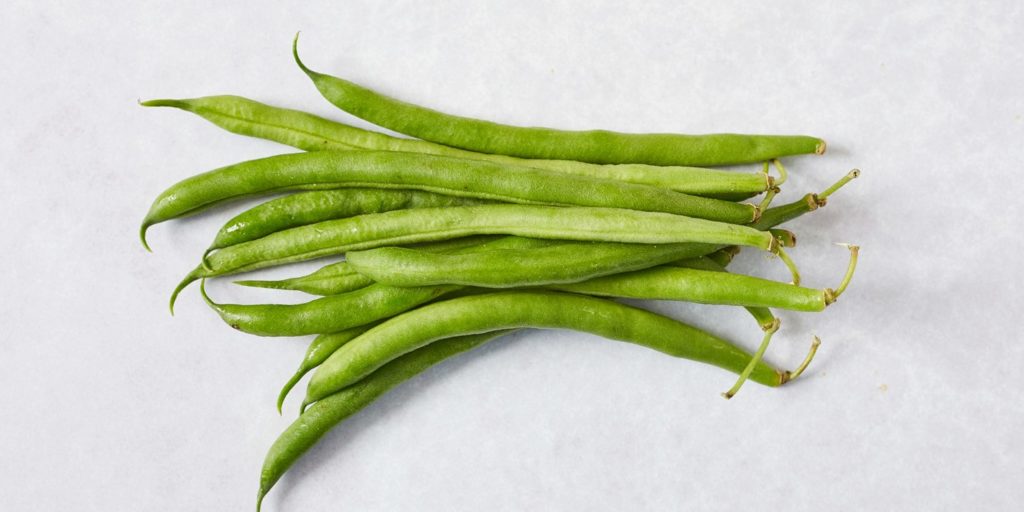
Green beans and string beans are one and the same. Known by many common names, including French beans, string beans, snap beans, snaps, and the French name haricot vert. They are perfect for all different ways of cooking: blanching, sautéing, or eating fresh in all kinds of salads. Green beans, string beans, or snap beans are a rich source of vitamins A, C, and K, and of folic acid and fiber.
Per ½ cup serving : 28 calories, 0.55 grams (g) of fat, 5.66 g of carbs, 2.6 g of fiber, 1.94 g of sugar, 1.42 g of protein.
Lupini beans.
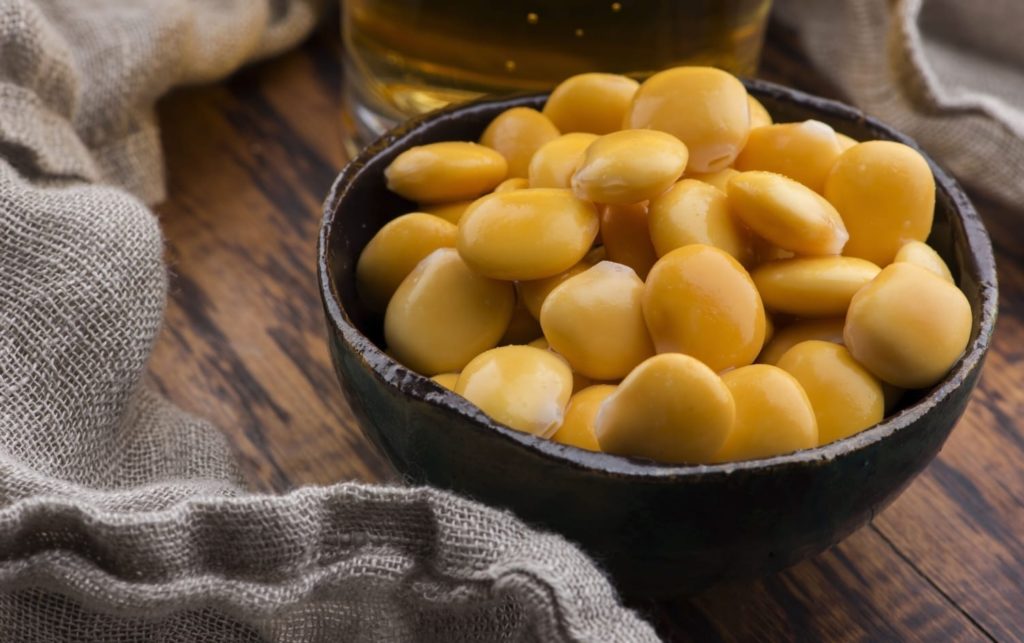
Lupini beans are a popular beans consumed primarily in the Mediterranean, Latin America, and North Africa. Unfortunately, they are not so well known outside the region. Lupin or Lupini beans are the yellow legume seeds of the genus Lupinus. They are conventionally eaten as a pickled snack food. Lupin beans are one with the lowest carb level, they offer higher amounts of protein than most beans.
Calories: 198 kcal, Carbohydrate: 16.4 grams, Fiber: 4.7 grams, Fat: 4.9 grams, Protein: 25.8 grams.
Appaloosa
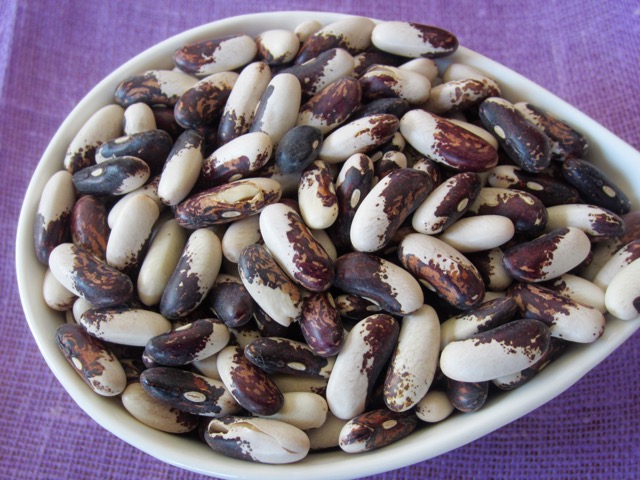
This is a hybrid legume related to pinto and red kidney beans. It is about 1/2 inch long, with unique half-ivory, half-flecked purple, or mocha markings. Slightly elongated, curved, one end white and the other end mottled with black and brown. The interesting fact is that’s that fade a bit but remain distinct when cooked. Holds it shape well. Slightly herbaceous and piney in flavor. Rich in protein, fiber, calcium, and iron. A good-looking substitution for kidney and pinto beans
Per ¼ cup serving: Cal 80, Carbs 24g, Fat 0%, Protein 9g
Cranberry / Borlotti beans

The cranberry bean looks comparable to the pinto bean. The small differences are: cranberry beans are larger and have big maroon specks on a creamy white background, more like Great Northern beans. Ivory or tan, beautifully speckled with striations of red, burgundy, even bright pink. A creamy texture, a little nut-like. After cooking, however, the specks vanish and the beans take on a more even, darker color. Cranberry beans provide sufficient protein with fewer.
per 100 g (3.5 oz): Energy 1,458 kJ (348 kcal), Carbs 60.05 g, Sugars 2.4 g, Dietary fiber 24.7 g, Fat 1.23 g – Saturated 0.244 g ,Protein 23.03 g.
Orca Beans
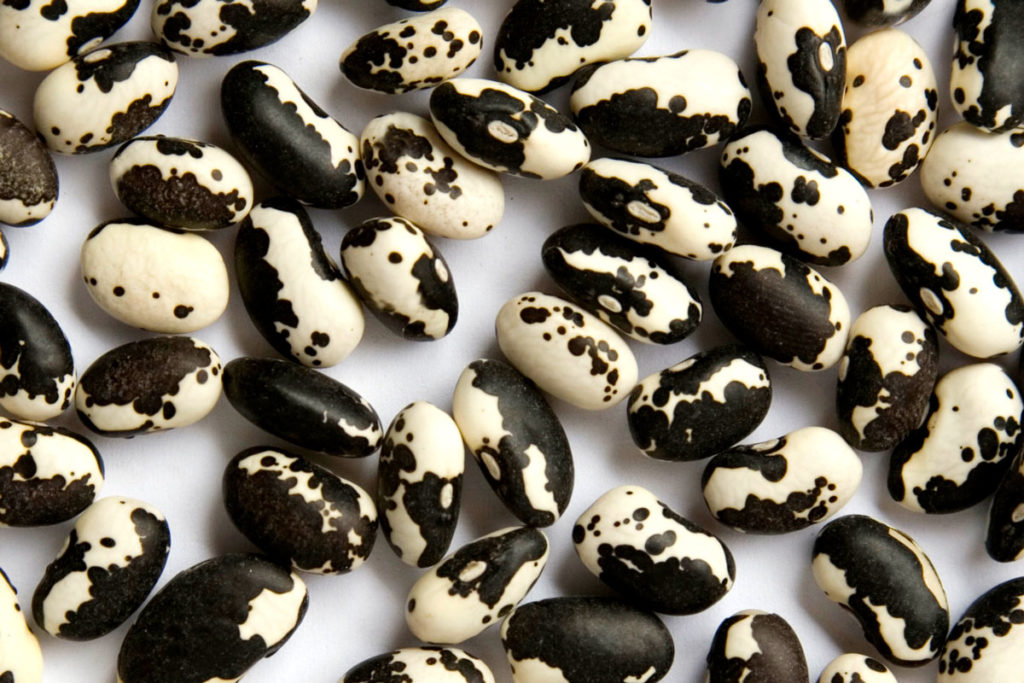
Also called the “calypso bean, Pickle bean, or yin yang bean”, orca beans are the same size as black beans, but they have a distinct black and white speckled color pattern. Not only are orca beans rich in fiber and iron, which makes them an excellent alternative to meat in soups, salads, sauces, and rice dishes—this heirloom bean is big on presentation. They are creamy texture of the mildly potato-like tasting bean.
**Fun fact: cook them separate and then add them to your dish as they turn water and rice black if prepared together in the same pot.
Per ¼ cup of serving: Calories 170, Total Carbs 12%, Fiber17.0g, Sugars2.00g, Protein10.00g
Chana Dal Beans ( chickpea split)
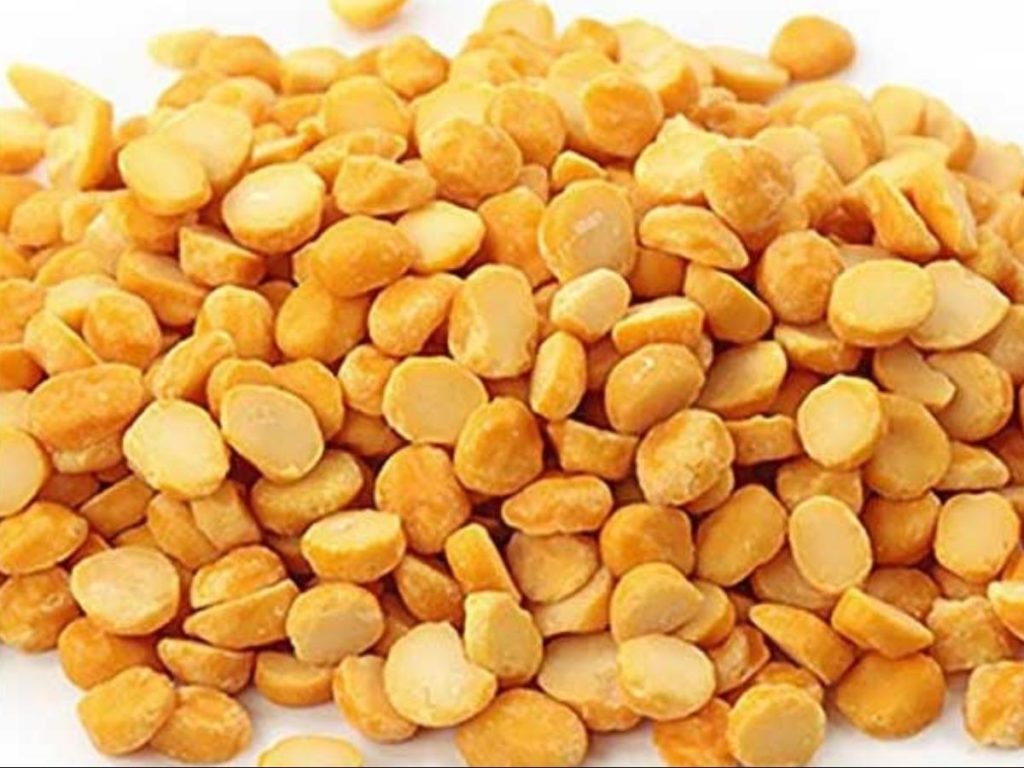
If you frequently go out for Middle Eastern fare as much as I do, you are likely already familiar with the lovely, sweet corn taste and crunchy texture of chana dal beans. This ancient legume, and comfort food in India, is actually baby chickpeas that are split and polished.
Considering their hard texture (the deep yellow beans really do resemble small corn kernels) for best results, soak them overnight before cooking. Apart from its incorporation into many Middle Eastern cuisines (i.e., curries, soups, and stews), chana dal takes on the flavor of added spices (i.e., garlic, cardamon, turmeric, cloves, and cumin). Chana dal is also reportedly one of the most easily digested legumes.
Per 1 cup serving , cooked: Total Fat 4.5g., Saturated Fat 0.4g., Total Carbs 42g., 44% Dietary Fiber 11g., Sugars 7.3g.
Broad Beans
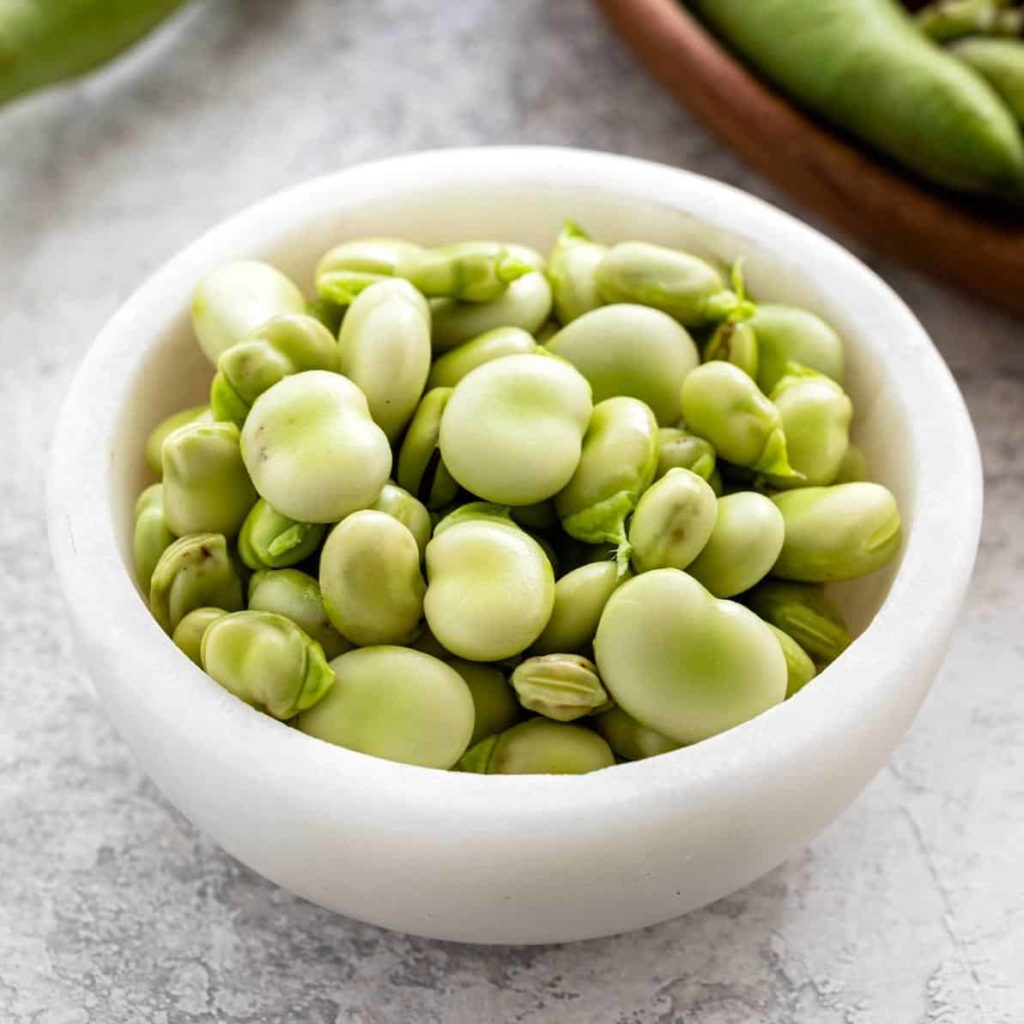
Broad beans are believed to be some of the oldest cultivated vegetables. You can see them in the market, under few different names, like : pigeon beans, fava beans, horse beans and Windsor beans. These beans have unique taste with smooth and creamy texture after cooking.
** Interesting fact: The name Fava beans, is closely connected to Favism. Favism is nothing but an enzyme deficiency caused due to exposure to fava beans.
Haricot Beans
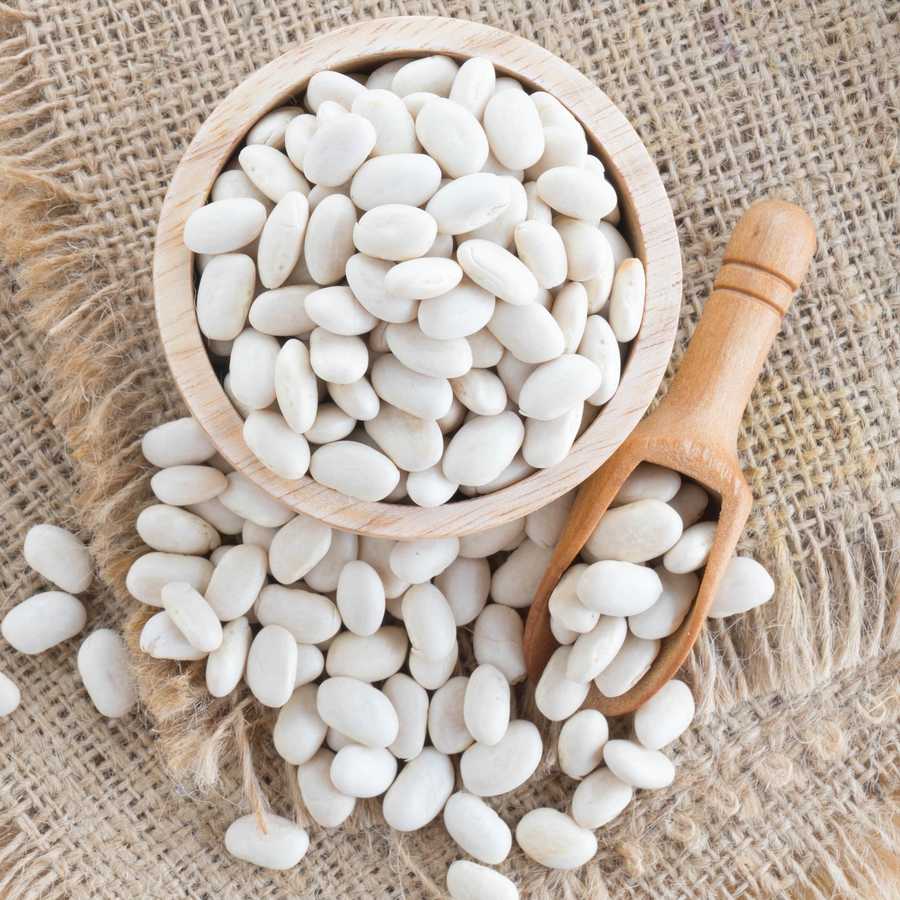
Navy beans, pea beans, white beans, white pea bean, or pea bean are some of the alternate names for haricot beans, that is you can find in almost every store today. Haricot beans are small, oval, plump and creamy-white (cream color) with a mild flavor and smooth, buttery texture. These beans are specially used for making baked beans recipes.
Bean sprouts
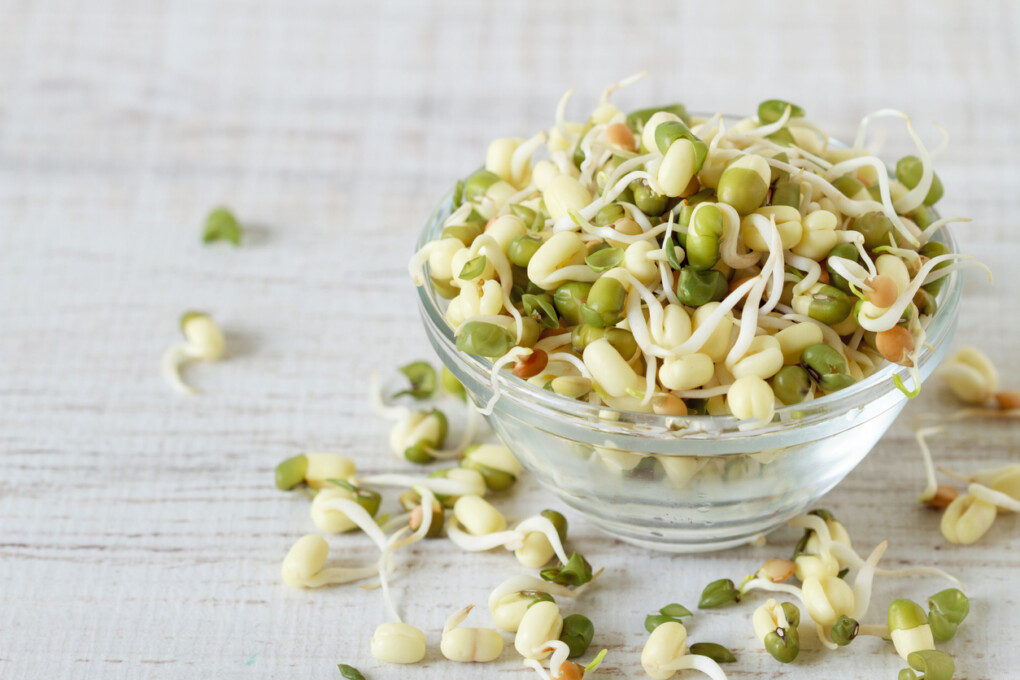
Bean sprouts are as popular as the pods and the bean seeds themselves. Sprouts are seeds during growth, recommended as a concentrated source of valuable ingredients in a healthy diet. When the seeds germinate, they replace the substances used to nourish the plant with vitamins, enzymes, proteins, and sugars. Since the germinating seed consumes unmanageable sugars during this process, bean sprouts are easier to digest and do not cause gas, like ripe beans. The sprouting grain increases the amount of vitamin C, vitamins B1, B6, folic acid and biotin. Sprouts also contain iron, zinc, calcium, phosphorus, magnesium, and other minerals. Bean sprouts are an exceptionally healthy addition to salads or sandwiches.
Per 1 tbsp (3 g) of serving: Calories 1, Total Fat 0 g, Saturated fat 0 g, Cholesterol 0 mg, Potassium 2 mg , Total Carbs 0.1 gm, Dietary fiber 0.1 g, Sugar 0g, Protein 0.1 g.
*** LESS KNOWN BEANS ***
Hyacinth Beans

Indian beans, Egyptian beans, bulay, lablab-bean bonavist bean/pea, dolichos bean, seim bean, lablab bean, Egyptian kidney bean, bataw and Australian pea. Those are some names that’s the hyacinth beans are recognized by. This bean is widely grown as food crop in tropical regions, that include, India, Indonesia, and Africa. The bean plant actually grows like a vine and has pods that are dark purple in color. Not just the beans, but the leaves and flowers of this plant are also edible.
**Fact: Raw mature beans or dried beans can be poisonous, as they can contain cyanogenic glycosides, a compound that is poisonous when broken down or digested. In addition to ensuring that dry and mature beans are fully cooked, lablab beans should be eaten in moderate quantities.
Velvet Beans
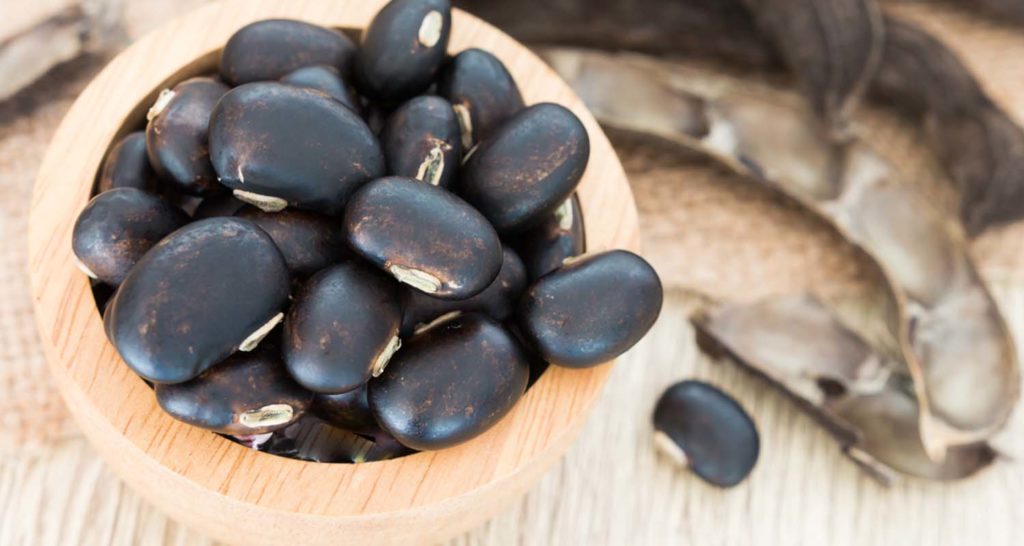
They are known under variety of names: atmagupta, kiwanch, alkushi, cowitch, cowhage, picapica, kapicachu, and yerepe. Velvet bean is a common exotic legume. You can easily recognize them. Elongated clusters of purplish flowers and substantially hairy pods. It is a shrub with climbing vines, where it can grow up to 49 feet (15 meters) in length and reach . It has been used for centuries by traditional systems of medicine and in Ayurvedic medicine.
Tepary Beans
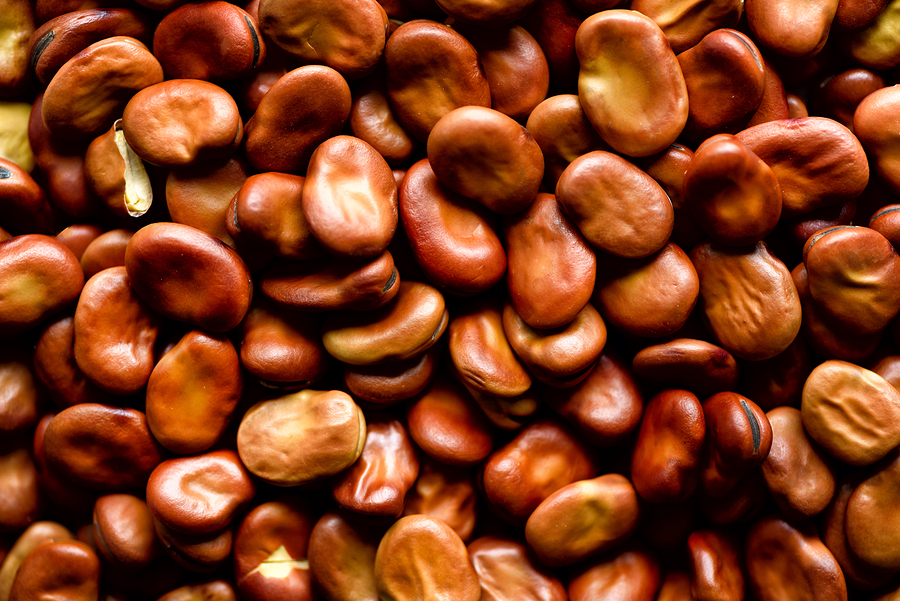
Tepary beans are one of the most hot weather resistant edible plants in the world. Heat and drought , it is not a scarry thing for this crop. Those are the results of centuries of adaptation to the specific farming conditions of the Southwest. Tepary beans provide slightly more protein per ounce than other more common beans. They contain higher amounts of calcium, niacin, iron, zinc, magnesium, phosphorous, and potassium. In general, all tepary beans have a rich nutty flavor, which makes them pretty unique and extremely versatile in the kitchen. White varieties have a slightly sweeter flavor than brown varieties which are very earthy. Until recently white and brown varieties were the main varieties found in stores and restaurants.
Sword Beans/Jack Bean
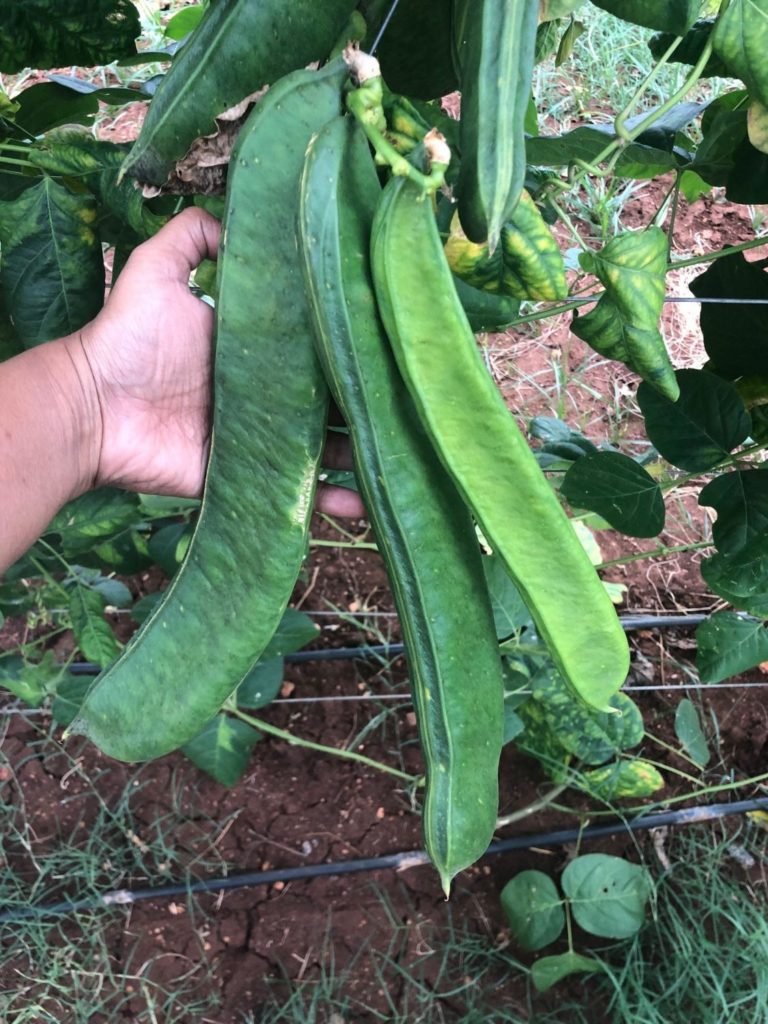
Canavalia ensiformis is a legume which is used for animal feeder and human nutrition, especially in Brazil where it is called feijão-de-porco (“pig bean”).Few of the popular common names of the plant are Giant stock-bean, Wonder bean, gotani-bean, horse-bean, seaside-bean, Chickasaw, lima bean, Overlook Bean, Sabre-Bean, Brazilian broad bean, Coffee bean, Chickasaw lima bean, ensiform bean, Mole bean and Pearson bean.
Yes, that is the “magic bean” from Jack and the beanstalk story :), and now you know why …
Jack Bean grows on average 2 -8 feet ( about 50 – 200 cm) tall but can become up to 32 feet (10 meters) long when climbing ( just like the story ) , its stems supporting themselves by twining around other plants.
Winged Beans
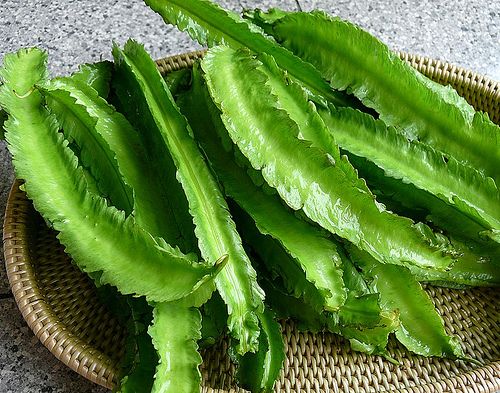
also known under the name: cigarillas, goa bean, four-angled bean, four-cornered bean, manila bean, princess bean, asparagus bean, dragon bean. It grows , almost everywhere, in the hot and humid equatorial countries of South and Southeast Asia. It has plenty of nutrients, and all parts of the plant are fully edible. Wing beans are sweet, like many pea varieties, and offer an asparagus-like flavor and crunchy texture.
Leaves can be eaten like spinach, flowers can be used in salads, tubers can be eaten raw or cooked, seeds can be used in similar ways as the soybean.
Snake Beans
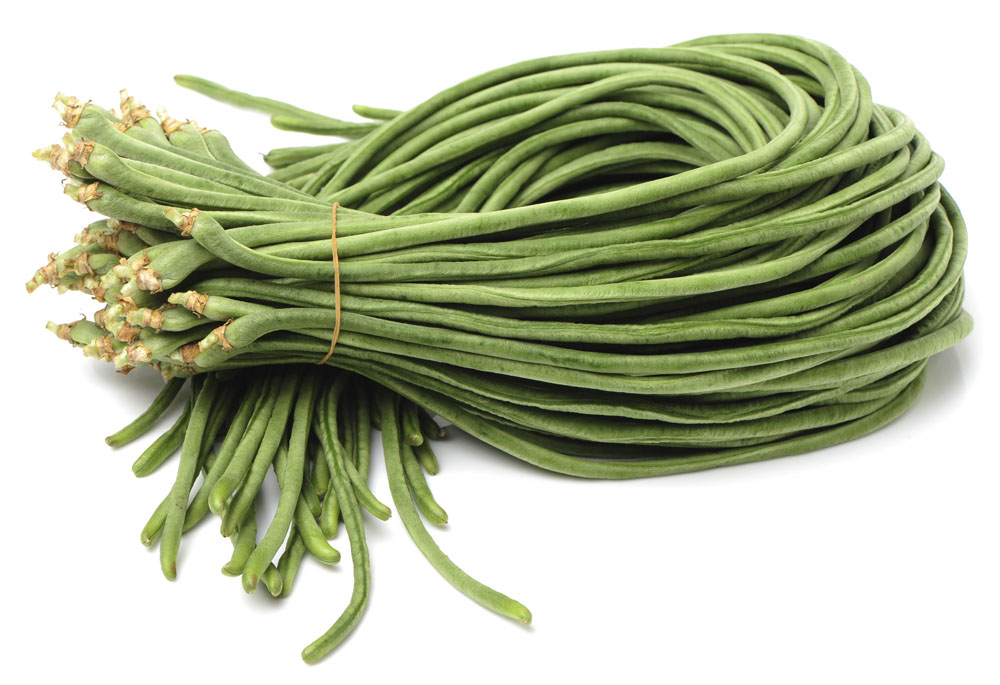
It is known under many names: the Asparagus bean, yardlong bean, pea bean, long-podded cowpea, Chinese long bean, and bodi/bora. The plant is most widely grown in the warmer parts of South Asia, Southeast Asia, and southern China. The asparagus bean is a legume cultivated for its edible green pods containing immature seeds, like the green bean. They are thin and long 3 feet (up to 90cm). They have slightly sweet flavor and crunchy texture. They are perfect chopped for stir-fries and curries or served in Asian side dishes.
Canned vs. Dried Beans
Once you determine which type of bean you want to cook, the next step is to consider if you want to use canned or dried beans. When it comes to levels of all the nutrients they both are almost equal.
You have to take into consideration, that canned varieties may have more sodium. Canned beans also cost more per serving than dried beans. However, dried beans take longer to cook, making them less convenient.
If sodium is a concern but you do not want to cook dried beans, choose low-sodium or no-salt-added types of canned beans.
Beans – contraindications
Despite its many nutritional values, beans are not, just a wonder food, for absolutely everyone. You have to remember that this vegetable is difficult to digest and causes distressing gas and gas. It should be approached with caution by the elderly, with a sensitive digestive system and stomach and intestinal problems.
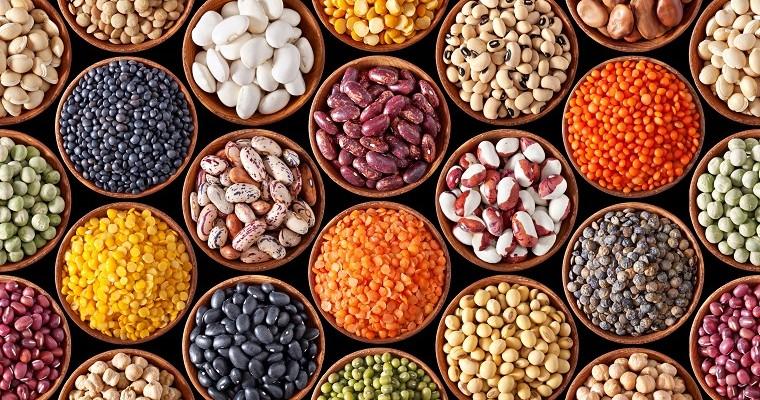



When you talk of the my favorite source of protein is beans.I like the way you have written this wonderful piece.Thanks.